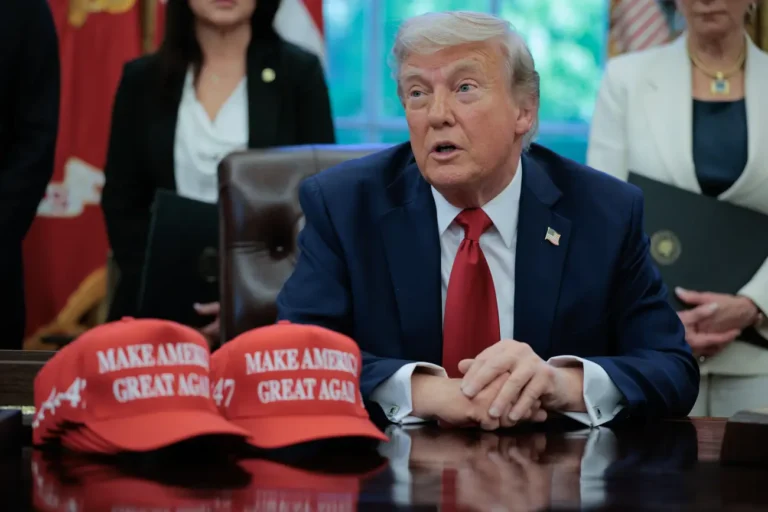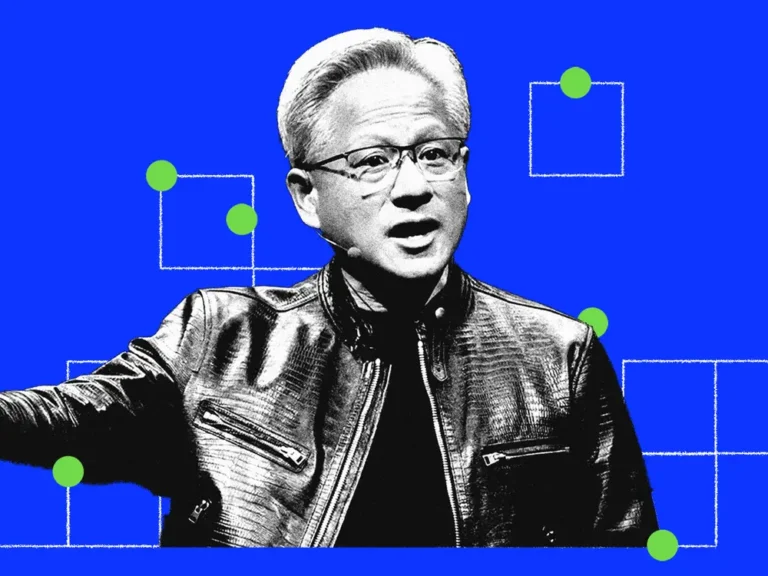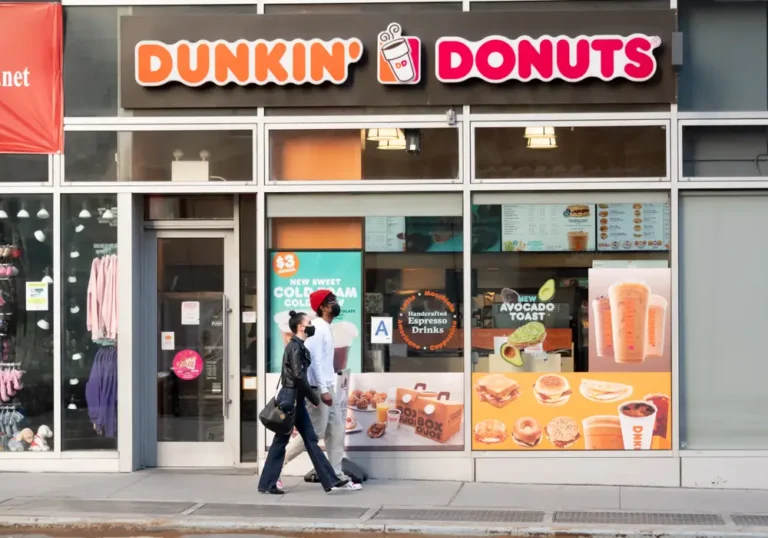I always knew I wanted to launch a startup in India — so I made 2 key career moves in the US first to minimize the risks
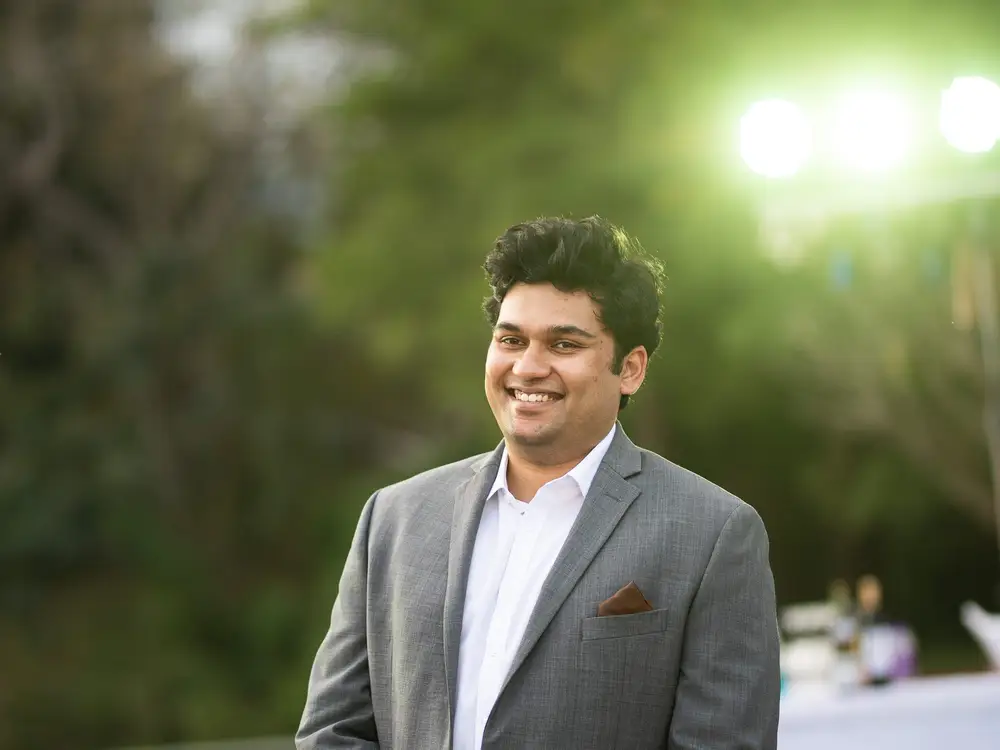
Bhide moved back to India in January after nearly a decade in the US.
I always knew I wanted to build something of my own.
I came up with my first idea in my second year of college, when I was studying overseas at the University of Pennsylvania. During a trip back home to India, I built a version of a learning management system and reached out to schools to try to get them to adopt it.
It didn’t work out, but I learned an important lesson about myself. I realized that I loved how founders end up wearing so many hats. You’re not just an engineer or a product designer, but you’re also a content creator, lawyer, and accountant.
That drove every single other career decision I made in my professional career.
Step 1: Take a job with Meta
I’m a risk-averse person, and launching a business straight out of college didn’t feel like an option. So I started preparing to be a founder and collecting experiences that would help down the line.
Even early on, I was sure I wanted to work on building consumer products. When it was time to look for jobs, I only applied to Meta and Google, companies well known for developing products for the masses.
I interned with Meta and landed a full time role at the company after graduating in 2018. The offer was a huge deal for me, and I remember calling my parents back home to share the news right away.
My family knew my long-term goal was to work for myself, and they worried that the years would pass and I would never leave Big Tech and its comforts.
At Meta, I was careful to select projects that would enable me to become a jack of all trades. I was taking on projects where I could work across several different domains instead of specializing in computer vision or machine learning, for example. I earned a reputation for being an engineer that could get things out the door — whether it was by learning the technology myself or by putting together other engineers for the project.
Step 2: Quit Meta to see how startups work
After four years at Meta, I understood that big companies have a way of pigeonholing employees into one role, and I felt like my learning had stagnated.
I quit Meta in 2022 and moved to the ticketing platform StubHub, a smaller company. I had an engineering role there, too, but I was also tasked with cross-functional roles like product management and data analysis. I learned how startups had to iterate quickly and work with limited resources. It gave me my first experience leading a team, which I really enjoyed.
Besides gaining technical skills, I was also saving so that I could eventually bootstrap my own company. After work, I took online courses to learn accounting and finance and spent time with my brothers, who have experience in management and venture capital.
Step 3: Moving to India
Living in the US, launching a startup in Silicon Valley felt like an obvious choice, but I was more excited about business prospects back home in India. Internet adoption had skyrocketed since I left in 2014; the population size made it a hotbed for a consumer tech product; and government initiatives like an instant payments system and acceptance toward greater tech adoption made doing business a lot easier. I knew that if I were to set up my own business, it would be for the Indian market.
I finally made the call to move home last year after my fiancée proposed to me. We knew we wanted to settle down in India, and our wedding next year became a deadline to get the ball rolling. We decided I would return first, and I quit my job at StubHub and moved back in January this year.
My friends had bets on whether I would ever leave the US or a salaried job, and I managed to shock them and collect some money when I announced my decision to quit.
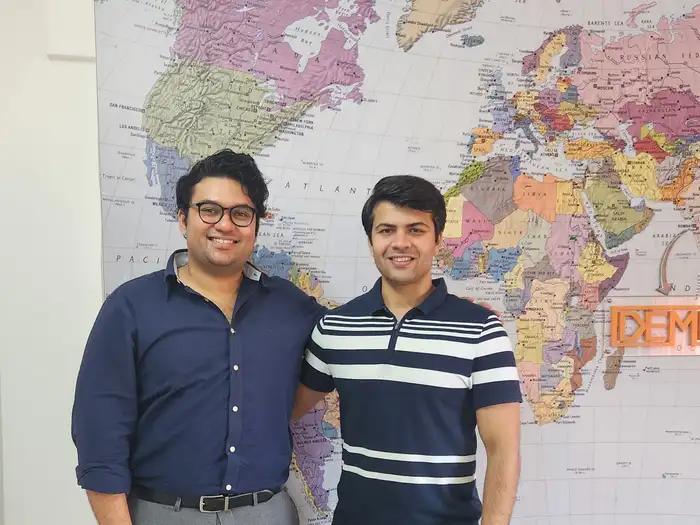
Bhide on the left with his cofounder Sunny Doultani on the right.
Since then, I have brought on a cofounder, a high school friend who also moved back from the US a couple of years ago. We are working on launching a consumer tech product in the next few months.
I love being back, especially because it means being close to my family and my culture again. There are challenges, too — I’ve had to get used to driving on India’s busy roads.
Even though I’m glad to be back in India, I definitely think the US is my second home now. I was visiting my fiancée in New York this summer and felt a bit sad when I got on a plane back to India. It’s a strange situation, because I always felt upset every time I got on a plane to the US over the years.

